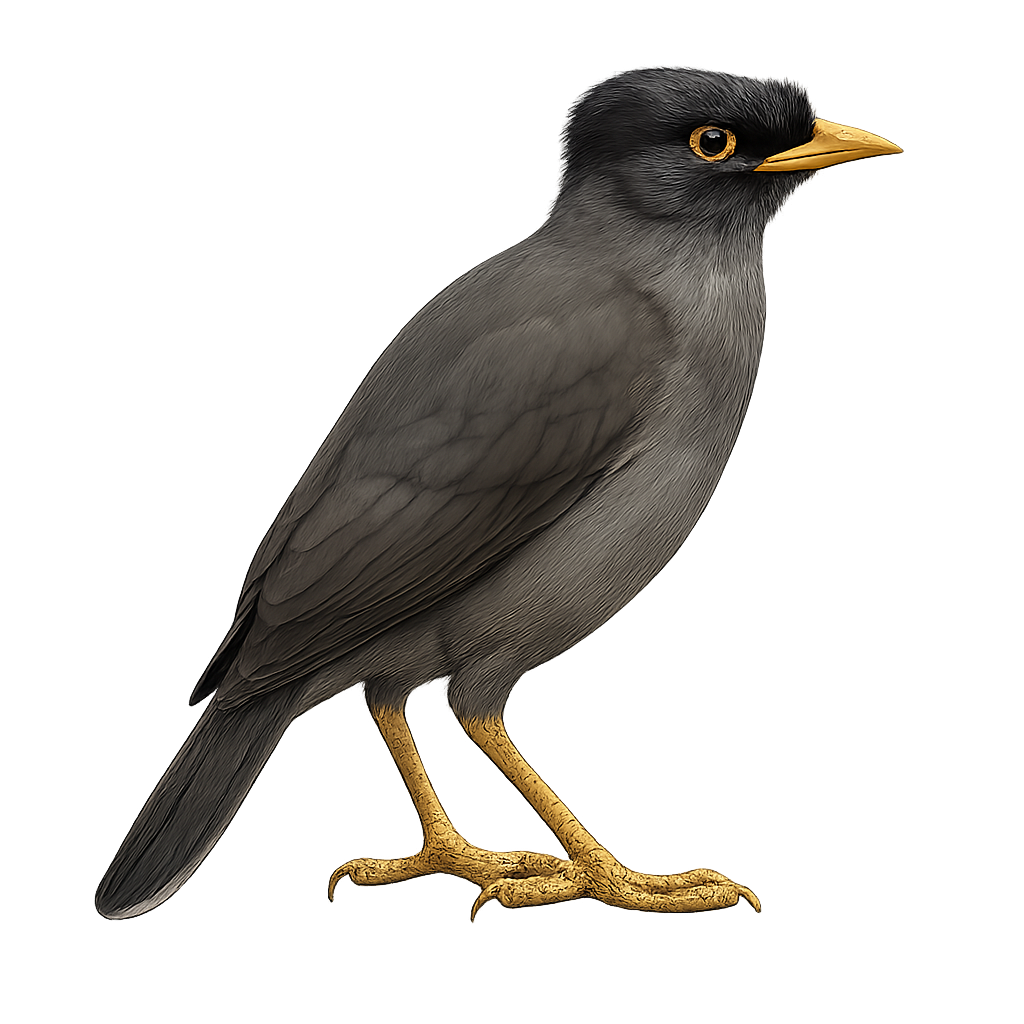Your wildlife photography guide.
Explore the jungle myna in detail, study its behavior, prepare your shots.
Where to observe and photograph the jungle myna in the wild
Learn where and when to spot the jungle myna in the wild, how to identify the species based on distinctive features, and what natural environments it inhabits. The WildlifePhotographer app offers tailored photography tips that reflect the jungle myna’s behavior, helping you capture better wildlife images. Explore the full species profile for key information including description, habitat, active periods, and approach techniques.
Jungle Myna
Scientific name: Acridotheres fuscus

IUCN Status: Least Concern
Family: STURNIDAE
Group: Birds
Sensitivity to human approach: Tolerant
Minimum approach distance: 5 m
Courtship display: April to June
Incubation: 13-15 jours
Hatchings: April to June
Habitat:
Forests, agricultural areas, urban environments
Activity period :
Primarily active during the day, with peak activity in the morning and late afternoon.
Identification and description:
The Jungle Myna, or Acridotheres fuscus, is a medium-sized bird belonging to the Sturnidae family. Native to South Asia, it is often seen in forests, agricultural areas, and urban environments. This bird is characterized by its dark plumage, bright eyes, and yellow beak. Sociable and adaptable, the Jungle Myna is often seen in groups, foraging on the ground or in trees. It primarily feeds on insects, fruits, and seeds. Its song is varied and melodious, making it a favorite among birdwatchers. Although generally not very shy, it can be suspicious in areas where it is less accustomed to human presence.
Recommended lens:
400 mm – adjust based on distance, desired framing (portrait or habitat), and approach conditions.
Photography tips:
To photograph the Jungle Myna, it is advisable to use a 400mm lens or longer to capture precise details without disturbing the bird. Look for areas where it is active, such as forests or urban parks, and be patient. Observe its behavior to anticipate its movements. The natural light of the morning or afternoon can provide ideal conditions to highlight its dark plumage and bright eyes.
The WildlifePhotographer App is coming soon!
Be the first to explore the best nature spots, track rutting seasons, log your observations, and observe more wildlife.
Already 1 432 wildlife lovers subscribed worldwide

